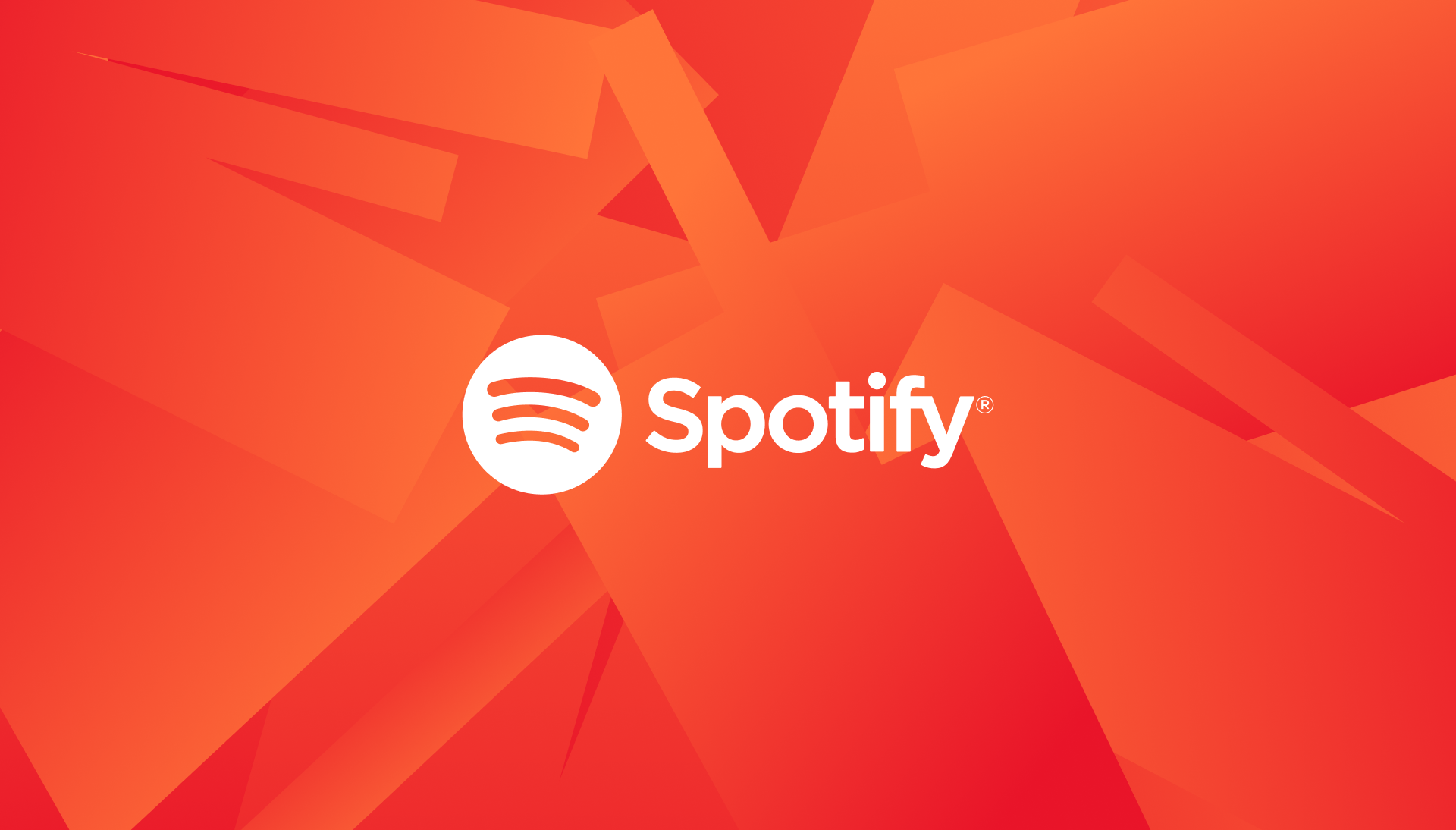
Présentation au Conseil de la radiodiffusion et des télécommunications canadiennes le 29 novembre 2023
Nathan Wiszniak:
La mission de Spotify est de libérer le potentiel de la créativité humaine – en donnant à un million d’artistes la possibilité de vivre de leur art et à des milliards d’admirateurs la possibilité de l’apprécier et de s’en inspirer.
Cette mission soutient directement les objectifs du gouvernement dans le cadre de l’actualisation de la Loi sur la radiodiffusion. Nous nous efforçons chaque jour d’accroître la découvrabilité du contenu canadien et autochtone, tant au pays qu’à l’étranger,
Dans notre allocution, nous souhaitons aborder trois questions essentielles dans le cadre de cette procédure.
- Tout d’abord, nous pensons qu’il est prématuré d’imposer des contributions de base initiales aux plateformes avant de définir les éléments essentiels de la politique de diffusion, et que cela risque de ne pas tenir compte des nombreuses façons dont Spotify contribue déjà et soutient les artistes canadiens et autochtones.
- De plus, il incombe au Conseil de prendre en compte la part importante des revenus que les services de diffusion en continu distribuent immédiatement à l’écosystème musical sous forme de redevance.
- Enfin, la Conseil devrait prendre en considération les aspects économiques délicats du modèle commercial du streaming musical et ne pas imposer d’obligations financières brutales.
Un cadre réglementaire qui ne prendrait pas suffisamment en compte ces facteurs pourrait mettre en péril nos neuf années d’investissements sur mesure et avoir un impact sur la capacité de Spotify à continuer à soutenir les artistes et leur découvrabilité d’une manière qui soit logique pour l’ère moderne de la diffusion en continu.
J’aimerais commencer avec une courte présentation de Spotify, puisque notre histoire témoigne de notre engagement envers l’industrie de la musique.
Spotify a été lancé en Suède à une époque où l’industrie de la musique était en déclin en raison du piratage. Le fondateur de Spotify pensait que pour inciter les gens à recommencer à payer pour de la musique, il fallait leur offrir une meilleure expérience. 17 ans plus tard, le streaming génère des revenus records pour l’industrie de la musique et plus d’artistes que jamais partagent ce succès.
Spotify a été lancé au Canada en 2014 avec le même engagement. Aujourd’hui, l’équipe canadienne de Spotify, forte de 150 personnes, a toujours pour mission de développer la scène des talents canadiens grâce à des listes de lecture, des campagnes de marketing, des partenariats et des formations qui permettent aux artistes, aux écrivains et aux créateurs de baladodiffusions d’accroître leur audience de manière organique.
Nous sommes fiers d’avoir contribué au développement et au succès de l’écosystème musical canadien. Grâce aux paiements des services de diffusion en continu, les maisons de disques et les artistes qui composent l’industrie canadienne de la musique enregistrée ont tiré 80 % de leurs revenus de la diffusion en continu l’an dernier, ce qui a entraîné une forte croissance de 8 %.
Contrairement à la radio traditionnelle, le streaming interactif a fait de la place aux nouveaux talents. Chaque semaine, au Canada, 83 fois plus de titres canadiens uniques sont écoutés sur Spotify qu’à la radio, ce qui crée plus d’opportunités de découvrir de nouveaux talents.
Spotify déploie des efforts considérables pour mettre en valeur et soutenir la société diversifiée, multilingue et multiculturelle du Canada.
Notre équipe éditoriale crée des listes de lecture avec une grande expérience et une grande passion pour les différentes cultures et les différents genres musicaux. Spotify Canada programme plus de 100 listes de lecture éditoriales, avec nos populaires listes de lecture emblématiques locales proposant exclusivement des artistes canadiens et autochtones.
De plus, Spotify donne aux créateurs et à leurs équipes les outils nécessaires pour réussir, notamment des analyses de données, des ressources pédagogiques, des technologies d’amplification et des outils promotionnels pour avoir le plus d’impact possible sur et en dehors de la plateforme.
Grâce à des partenariats spéciaux et à des campagnes sur mesure, Spotify aide les artistes canadiens et autochtones de genres et d’horizons divers à atteindre les auditeurs de leur pays et du monde entier. Voici quelques exemples clés mentionnés dans nos observations écrites:
- Nous faisons entendre les voix des communautés marginalisées – notamment les créatrices canadiennes, noires et 2ELGBTQI+ – par le biais de programmes spécialisés combinant rédaction, mise en lumière et publicité. EQUAL, par exemple, est le programme Spotify qui favorise l’équité pour les femmes dans la musique. Il s’agit d’un engagement , pour soutenir, élever et célébrer les femmes par le biais de contenus rédactionnels, de partenariats et d’événements communautaires. Nous collaborons avec des organisations telles que Women In Music Canada, Honey Jam et l’événement communautaire EQUAL avec l’Association canadienne de la musique country.
- La liste de lecture Spotify’s Indigenous – mise à jour chaque mois par des artistes autochtones – offre une plateforme unique aux artistes autochtones pour présenter la riche diversité des talents et des récits autochtones dans le pays. Notre relation et notre dialogue permanent avec l’Indigenous Music Alliance et l’Indigenous Music Office ont joué un rôle essentiel en nous aidant à identifier les artistes à soutenir et à promouvoir.
- Grâce à la promotion des listes de lecture Rap québ et Les Nouveaux Classiques de Spotify Canada, les artistes canadiens-français ont développé leurs audiences et leurs carrières au Canada et à l’étranger sans l’aide des radios. Aujourd’hui, sur Spotify, sept des dix artistes canadiens-français les plus écoutés sont des rappeurs canadiens-français indépendants. Seuls deux de ces artistes figurent sur les palmarès des radios canadiennes-françaises. De plus, 2023 a marqué la deuxième année du partenariat entre Spotify et les Francos de Montréal, le tout premier partenariat du festival avec un service de streaming.
Ces investissements uniques et adaptés portent leurs fruits pour les artistes.
Nous investissons dans le secteur culturel canadien et veillons à ce que des voix diverses puissent être découvertes, car c’est notre mission fondamentale. Toutefois, nous craignons que l’introduction de contributions de base initiales ne nuise au travail progressif que nous accomplissons depuis près d’une décennie.
Nous pensons que le Conseil avance trop rapidement sans disposer des pièces essentielles du casse-tête, y compris des éléments fondamentaux tels que la définition du contenu canadien et autochtone et les meilleurs outils pour soutenir le contenu musical et audio canadien.
Sans une vision plus globale, il est impossible de quantifier correctement les contributions uniques et innovantes que les entreprises en ligne apportent déjà..
Je vais maintenant laisser à ma collègue Olivia le soin d’expliquer certaines des caractéristiques uniques du modèle commercial du streaming musical qui, selon nous, sont importantes dans cette vision plus globale de la situation.
Olivia Regnier:
Merci. Je vais continuer en français, et développer trois points:
- Ce que représente la contribution financière des services de streaming pour le secteur musical
- Les marges très réduites, voire négatives, du streaming
- L’impact de contributions financières additionnelles sur les investissements ou la promotion de la musique canadienne
Nathan a souligné la contribution importante de Spotify à la mise en valeur de la musique canadienne. Les services de streaming jouent également un rôle fondamental pour le financement du secteur musical au Canada, grâce aux 70% de nos revenus que nous payons au secteur sous forme de redevances. Il est essentiel que le CRTC prenne ce point en compte.
Nous versons ces 70% à de nombreux ayants-droits, notamment les labels et sociétés de gestion, qui eux, rémunèrent les artistes-interprètes et compositeurs. Grâce à ces 70%, le streaming musical fournit actuellement presque 80% des revenus de la musique enregistrée au Canada.
Cette contribution n’est pas un simple coût de fonctionnement, comme certains le suggèrent. Elle est une pierre angulaire du secteur musical au Canada.
Pour mémoire, les 70% sont hérités de la distribution physique et ont été appliqués au streaming avec largement la même clé de répartition entre ayants-droits et plateformes.
Ils doivent être mis en contraste avec la contribution des autres services de radiodiffusion, dont les redevances bénéficient de taux fixés par le gouvernement, aux alentours de 8%. Ces taux sont plus de 8 fois inférieurs à ceux des services de streaming.
Grâce aux redevances du streaming, les revenus de l’industrie de la musique ont augmenté fortement et régulièrement, et tournent ces dernières années aux alentours de 8-10%. Il en est de même pour ceux des sociétés de gestion.
Ces redevances du streaming sont la base du fonctionnement du secteur de la musique, et en particulier des investissements des labels dans la production au Canada et dans la musique canadienne.
Cependant, à cause de ces paiements élevés, les services de streaming fonctionnent avec des marges extrêmement réduites, voire négatives. Cela est confirmé par le rapport de l’autorité de la concurrence du Royaume-Uni en 2022 qui a conclu que plutôt que des profits excessifs, les services de streaming musicaux ont des marges de fonctionnement basses, ou négatives. Cet élément est également important pour votre appréciation.
Des 30% qui leur reste, les services couvrent leurs coûts, et font des investissements, y compris dans la promotion du répertoire local et des minorités, des soutiens des festivals et d’autres initiatives en faveur de la musique.
La Loi sur la radiodiffusion, et les indications du gouvernement à votre Conseil, soulignent qu’il faut prendre en compte des différences entre les services de radiodiffusion.
Dans cette optique, les contributions des parties ne doivent pas nécessairement être égales, elles doivent avant tout être équitables.
Face à des marges très limitées, appliquer une contribution financière générale, sans tenir compte du niveau des contributions déjà effectués par les services de streaming, de leurs investissements en faveur de la musique canadienne, et de leur situation économique, ne tient pas compte de la réalité et aurait un impact financier négatif. Des charges supplémentaires nous obligeront à faire des choix inévitables pour maintenir la viabilité financière de notre service. Elles pourraient nous obliger à couper dans les coûts, à diminuer nos investissements éditoriaux et de promotion au Canada, ou à augmenter nos prix pour les consommateurs canadiens.
Toutes ces conséquences seraient négatives pour les créateurs les consommateurs canadiens, et ne servent pas les objectifs de la politique de radiodiffusion.
Nous vous encourageons donc à examiner des modèles alternatifs, tenant compte par exemple des profits des entreprises pour le calcul d’une contribution, ou une contribution basse qui soit viable pour les services de streaming. Et si le Conseil estime qu’une contribution supérieure est nécessaire, nous vous demandons de prendre d’abord en compte toutes les contributions, financières et non financières, effectuées par les services de streaming en faveur du secteur.
En conclusion, nous demandons au Conseil de saisir l’opportunité de reconnaître que, à tous points de vue, le streaming est une dynamique différente de la radiodiffusion pour laquelle le régime réglementaire actuel a été créé. Le cadre que vous mettrez sur pied doit reconnaître et encourager la poursuite des investissements des services de streaming au Canada et en faveur de la musique canadienne.
Je vous remercie, et nous sommes à votre disposition pour vos questions
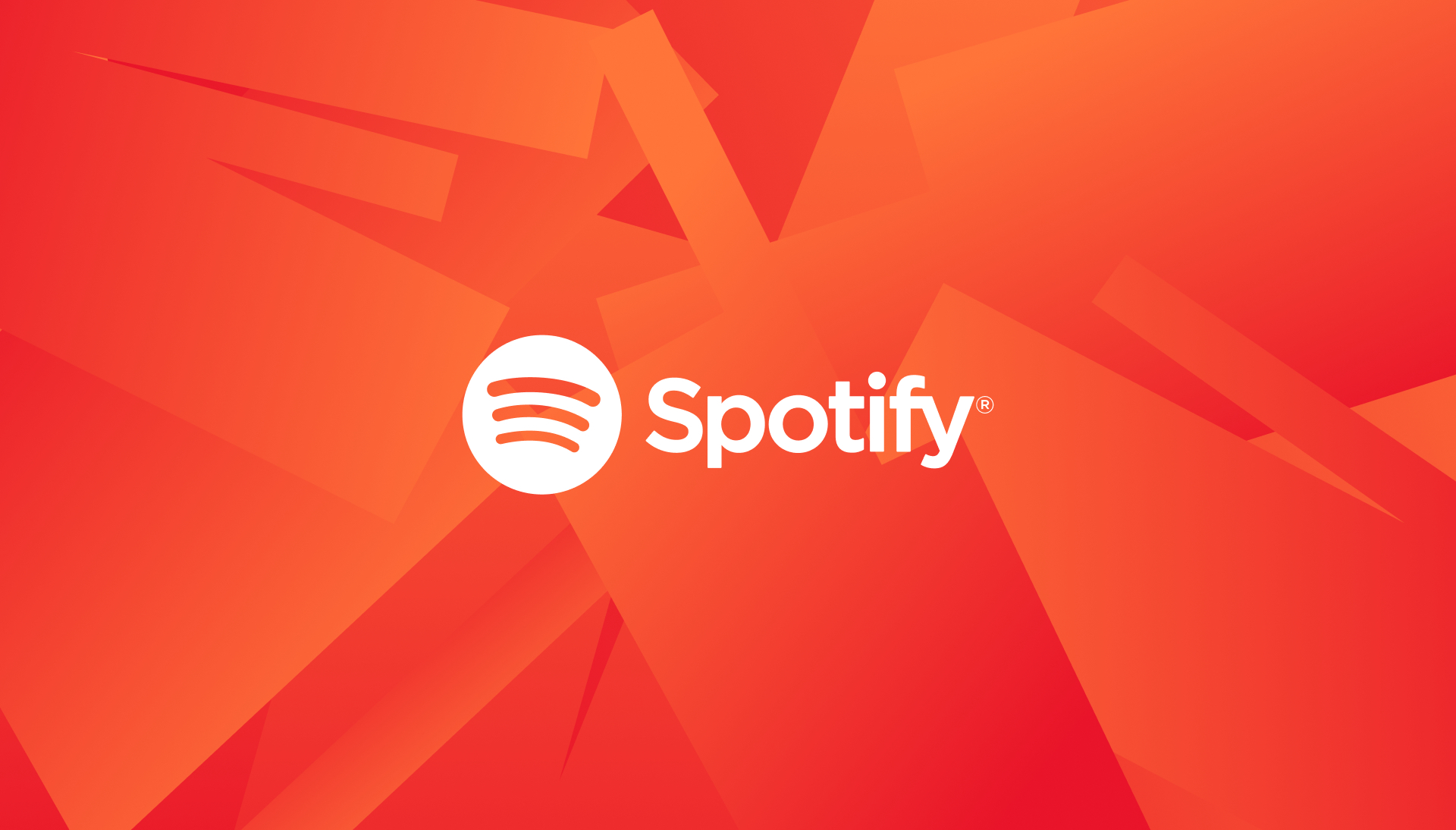




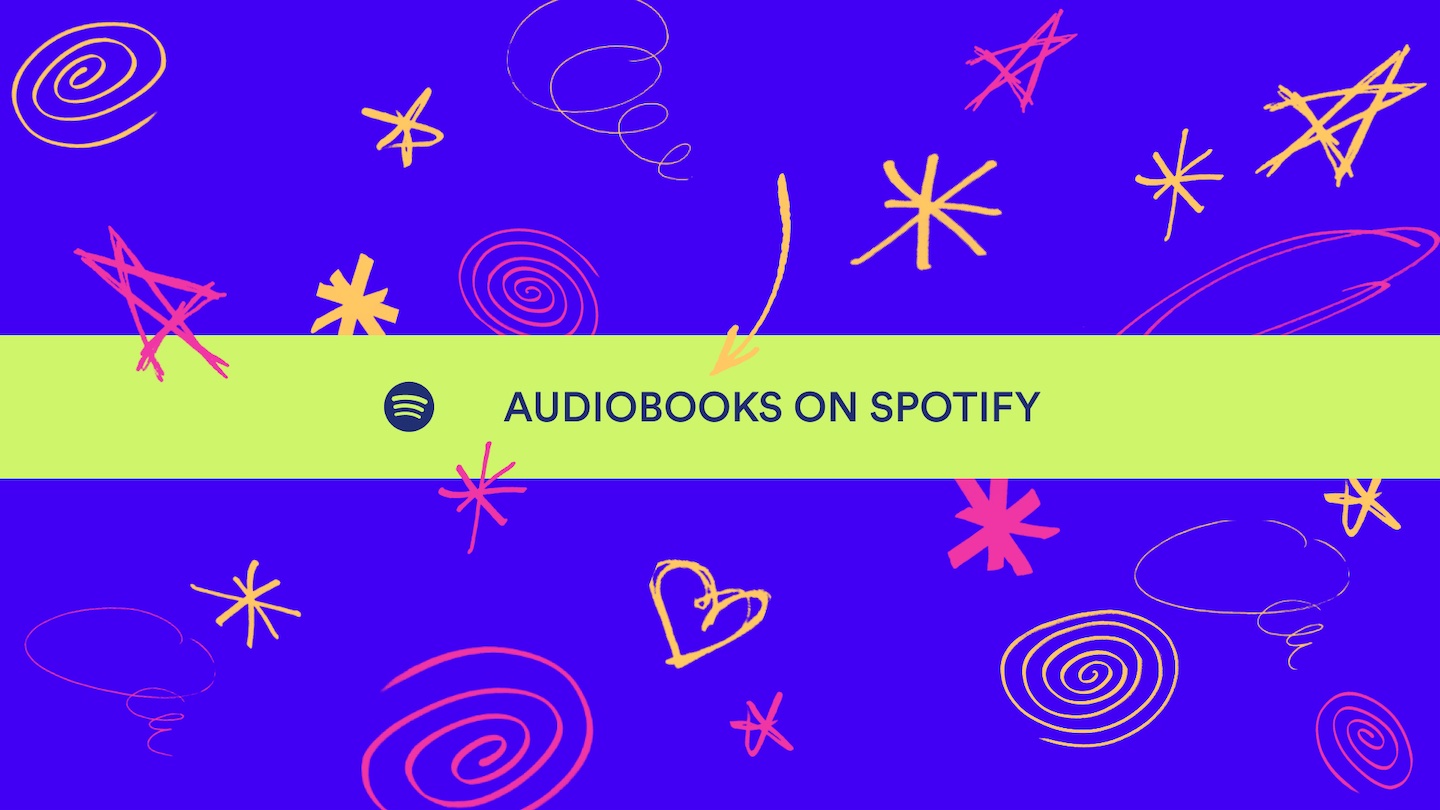
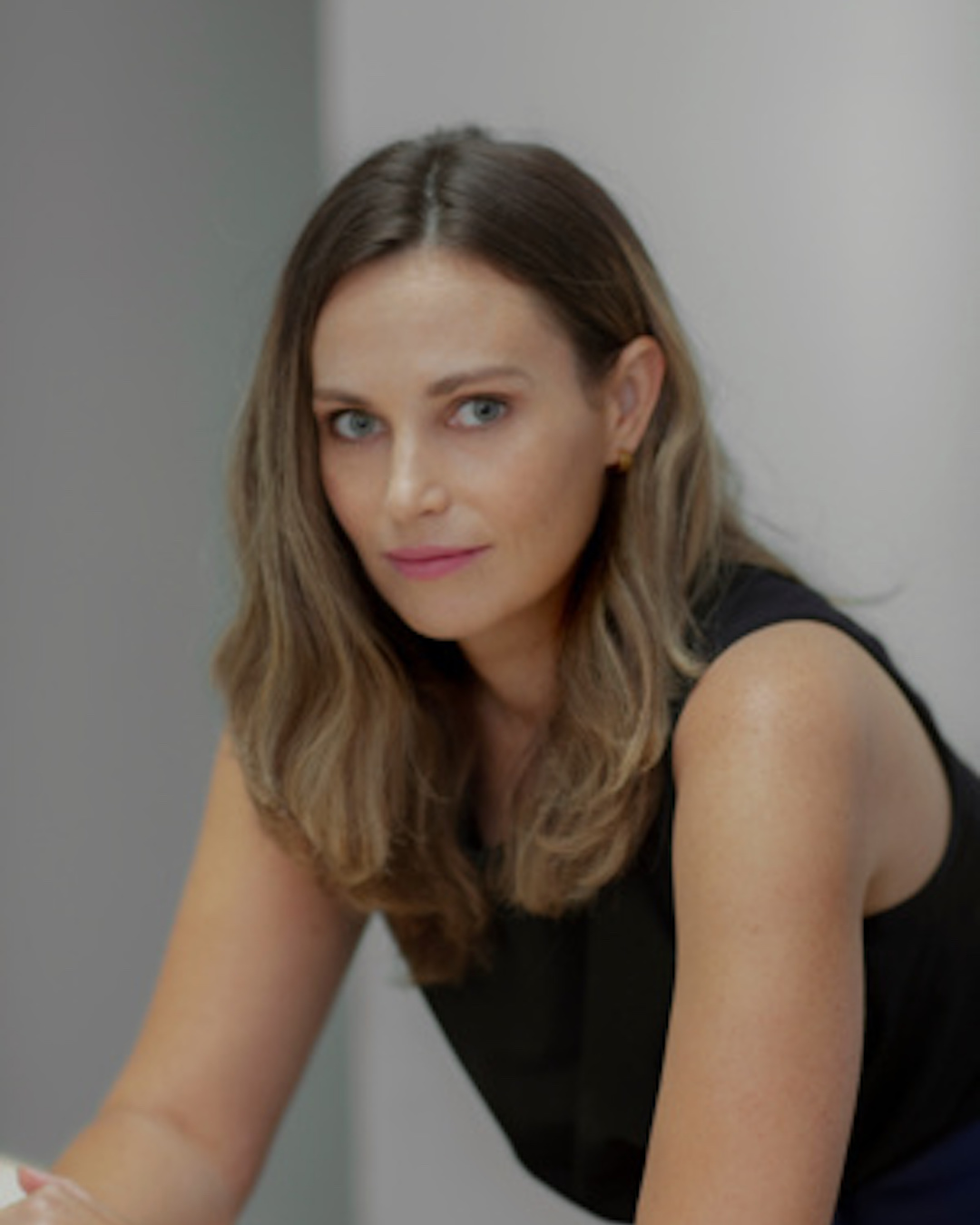

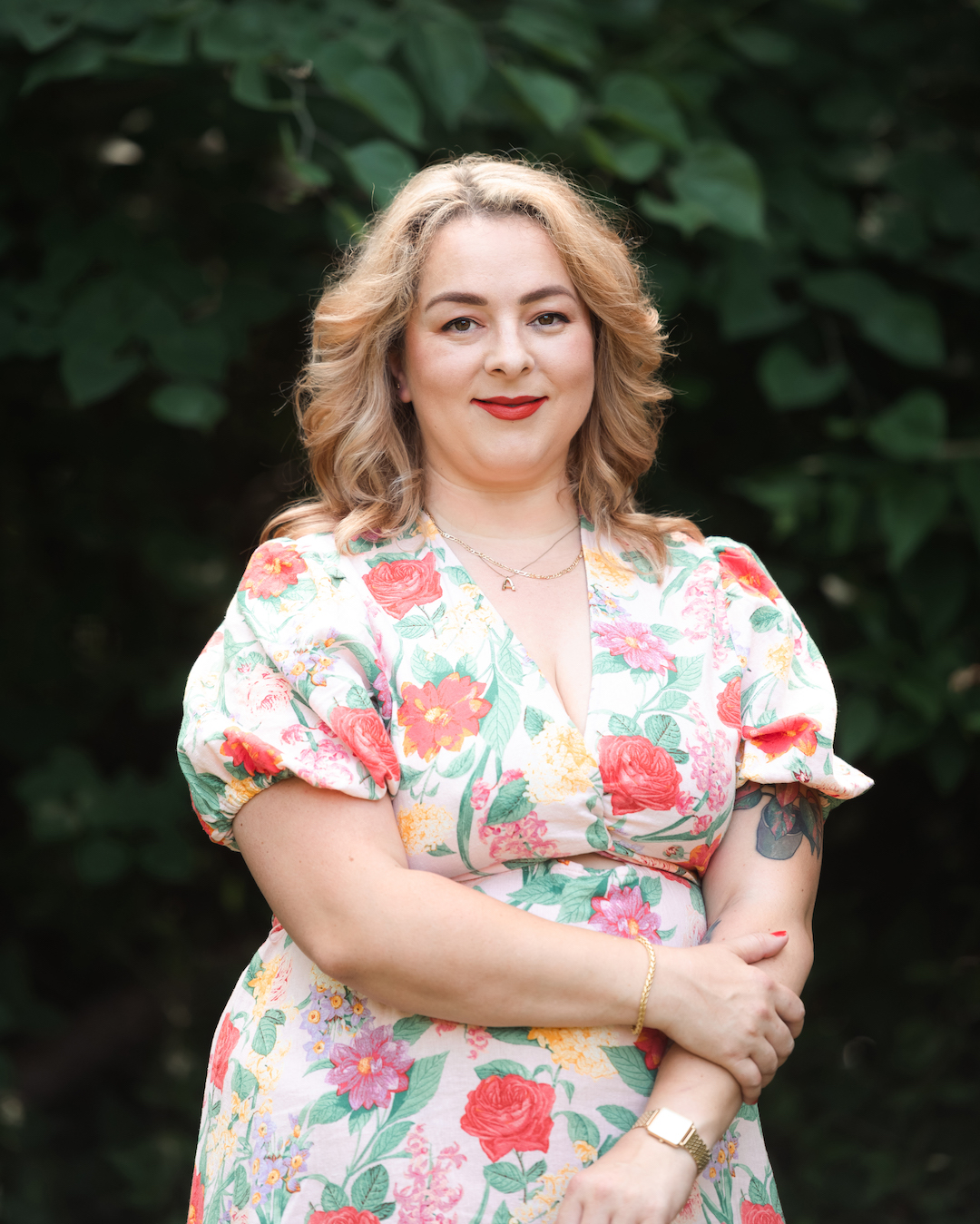

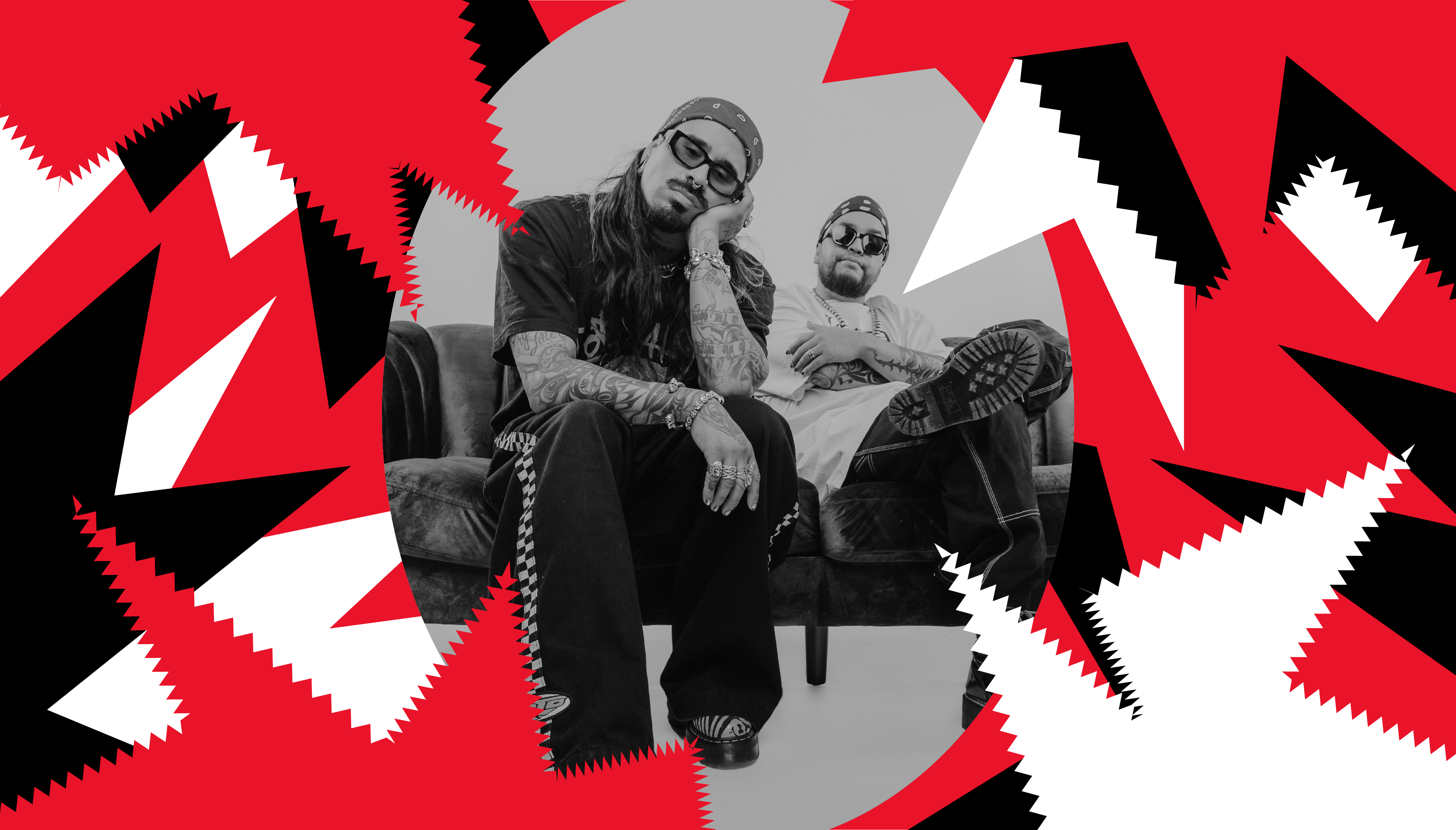
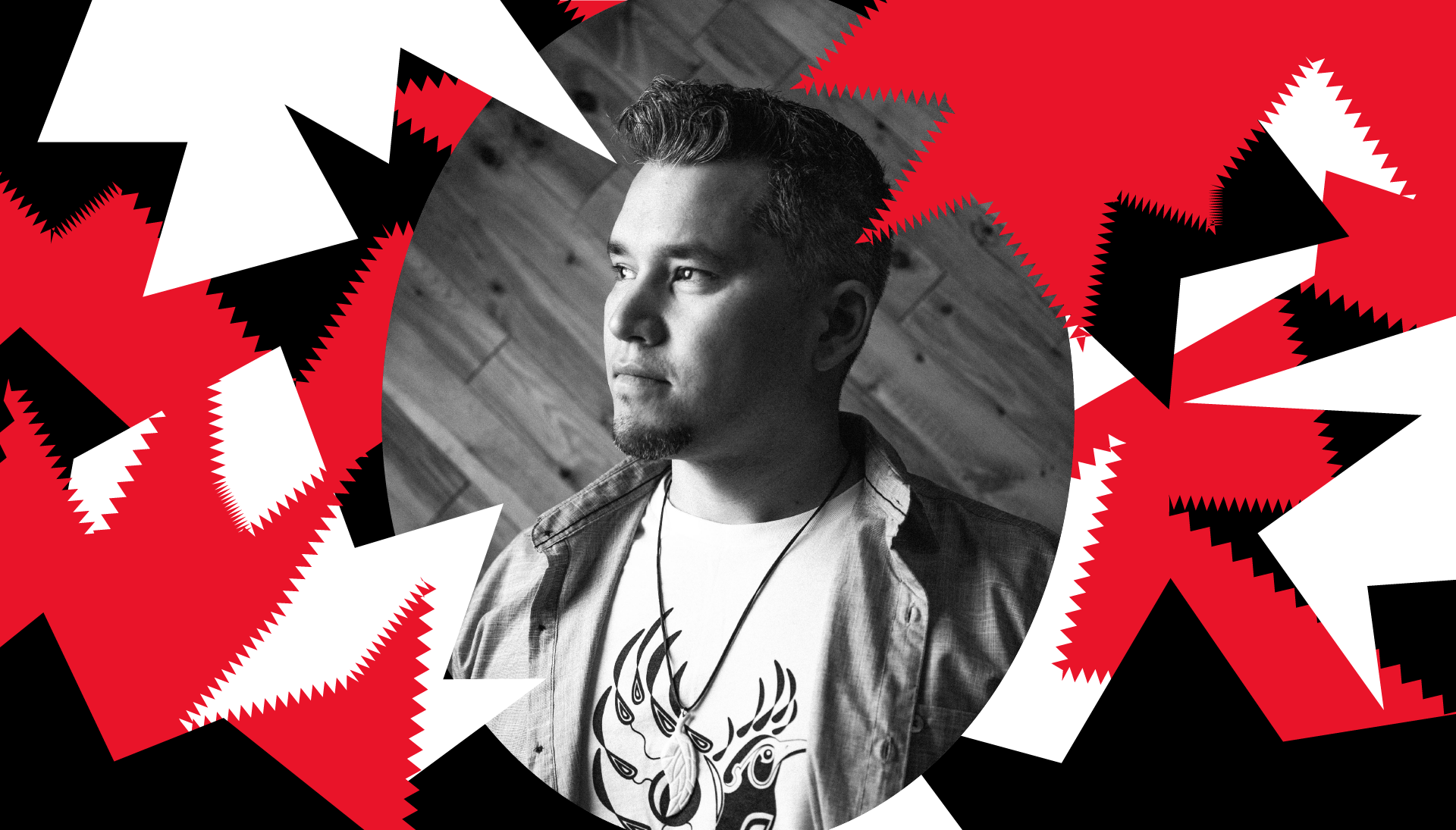
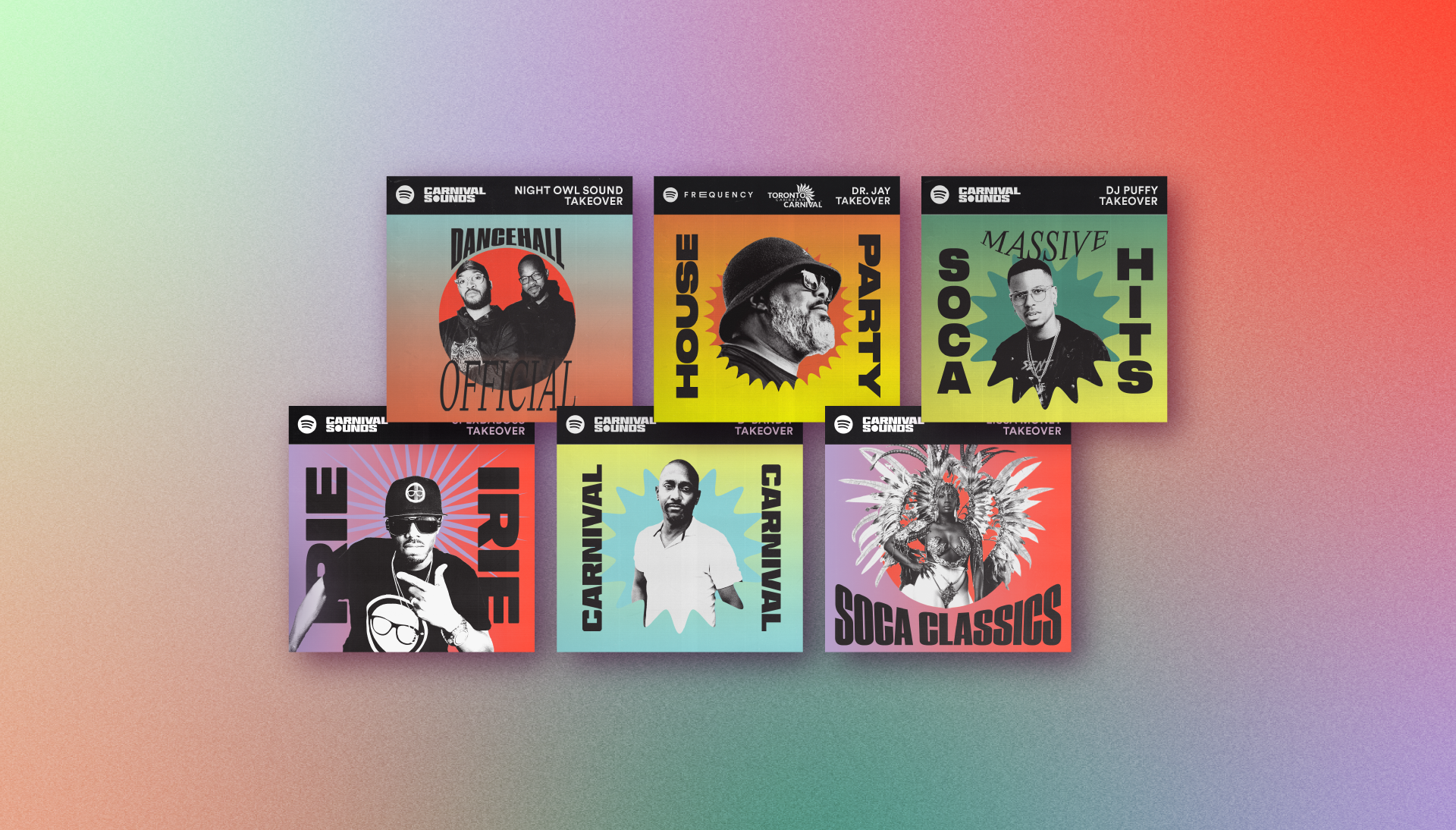
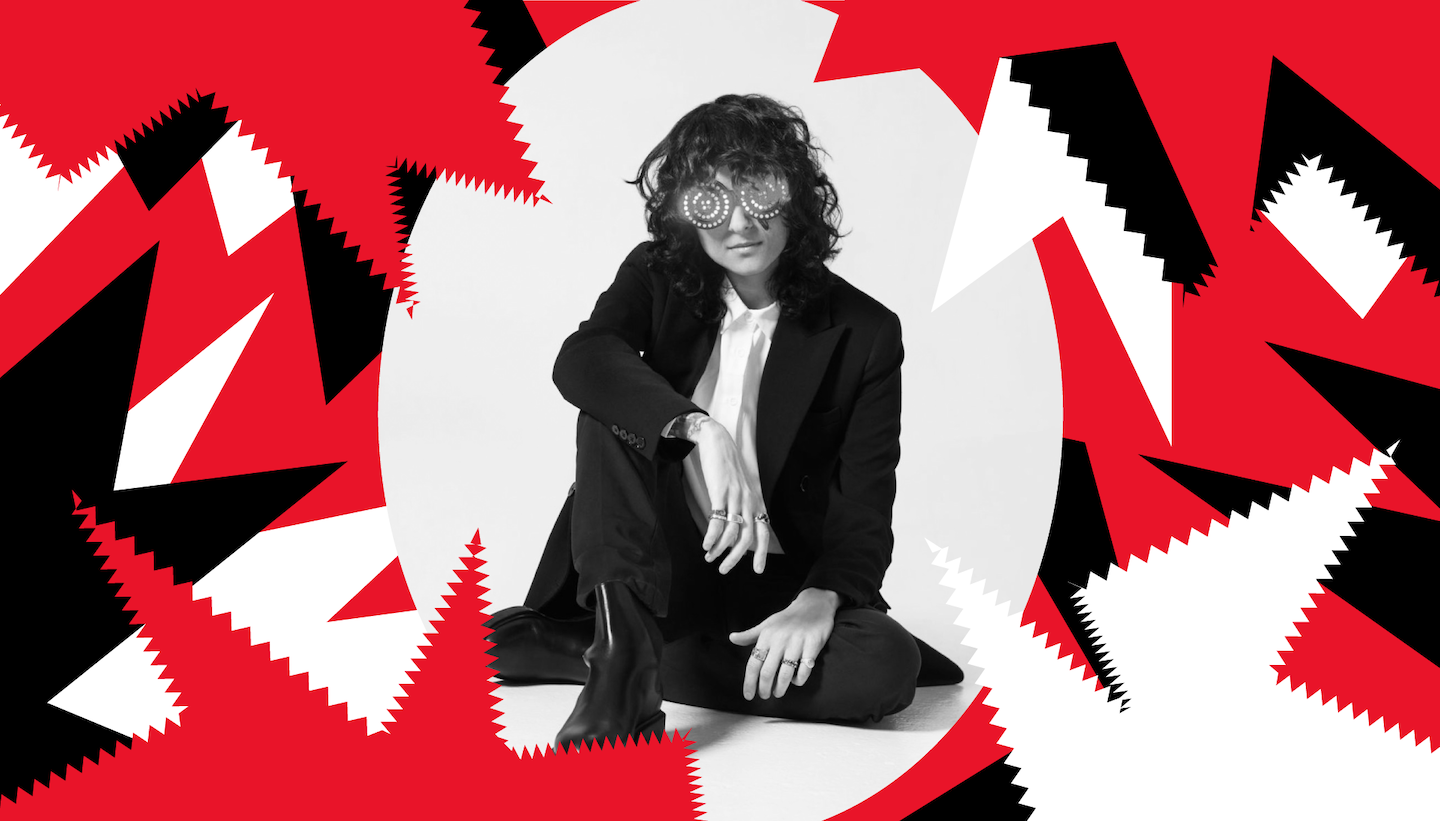
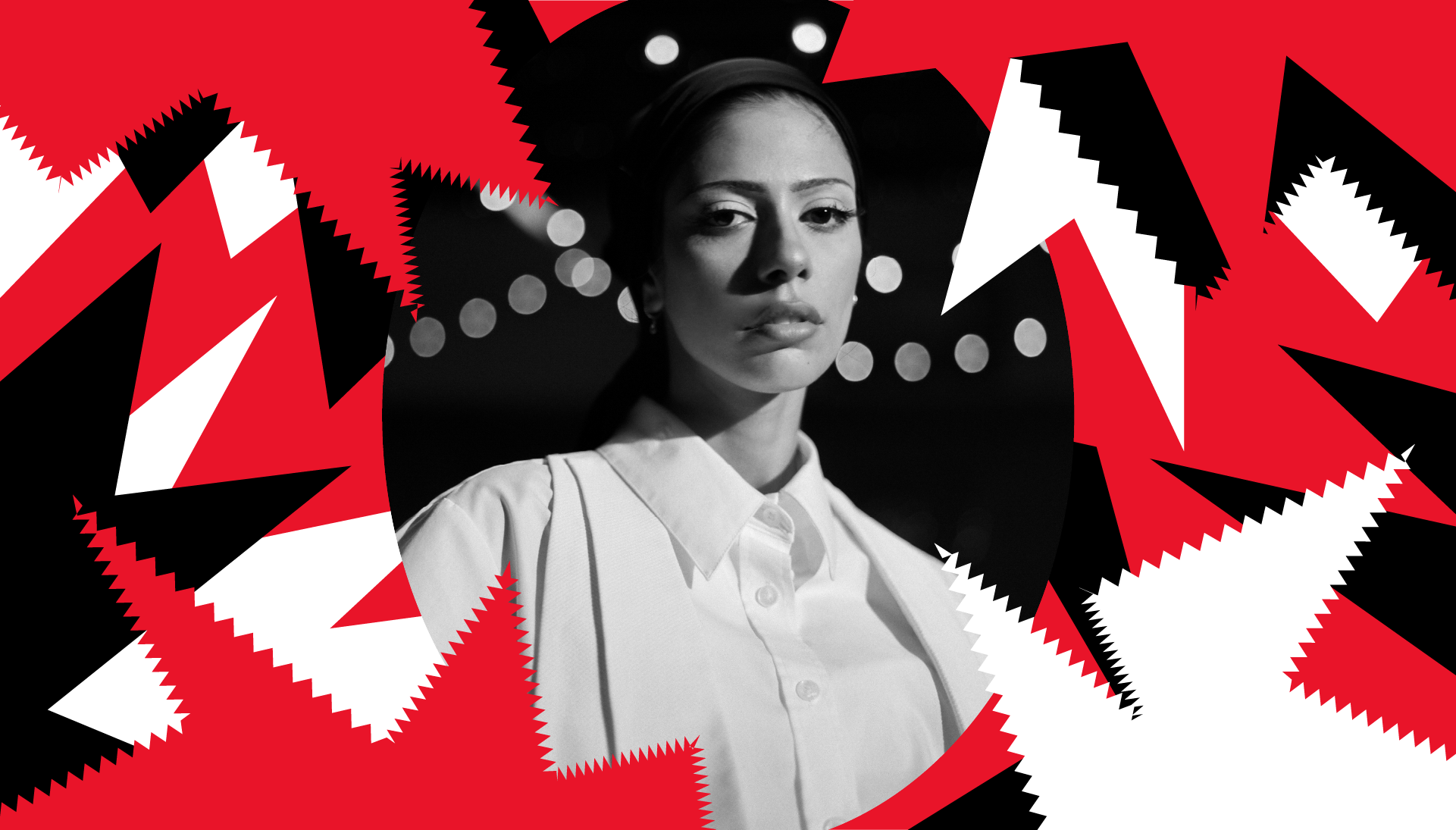
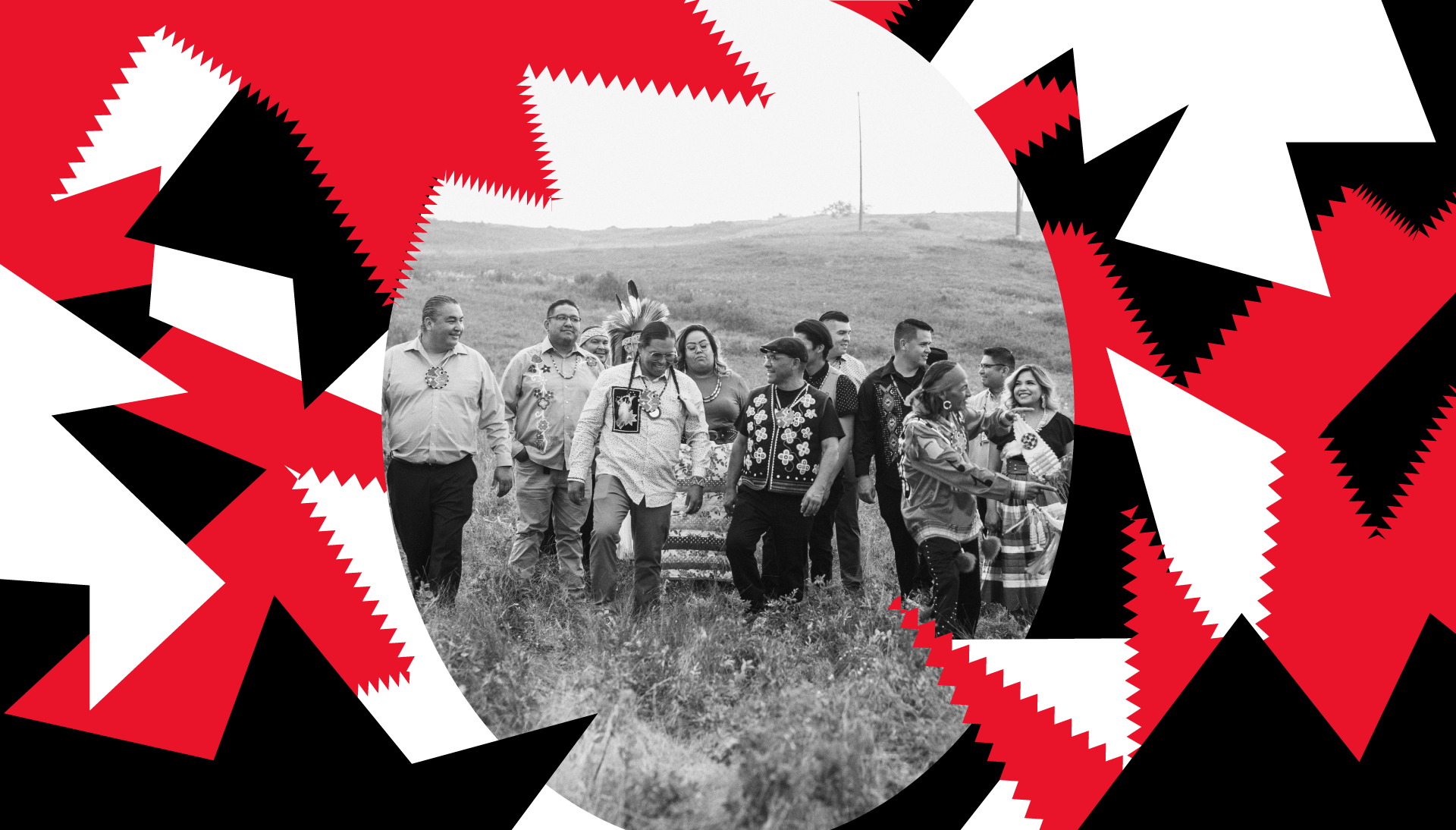
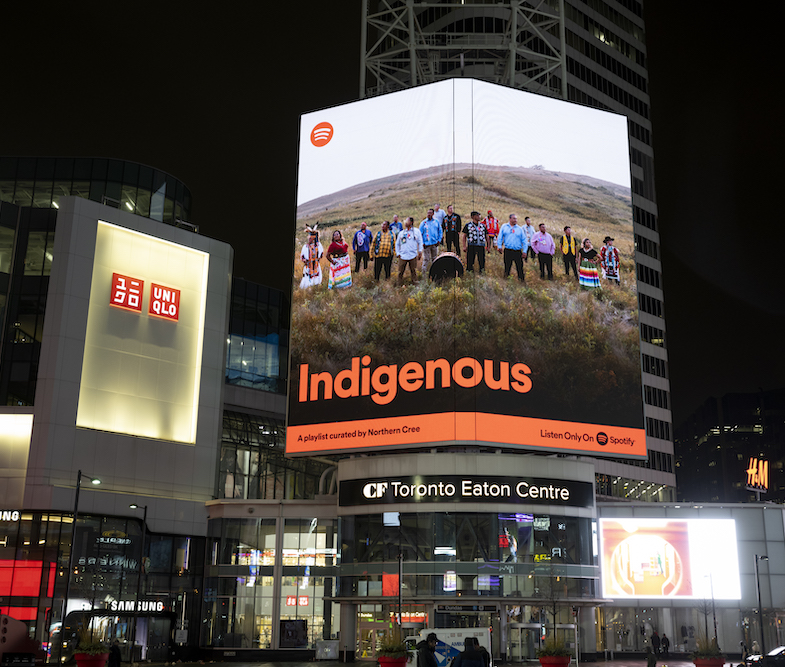
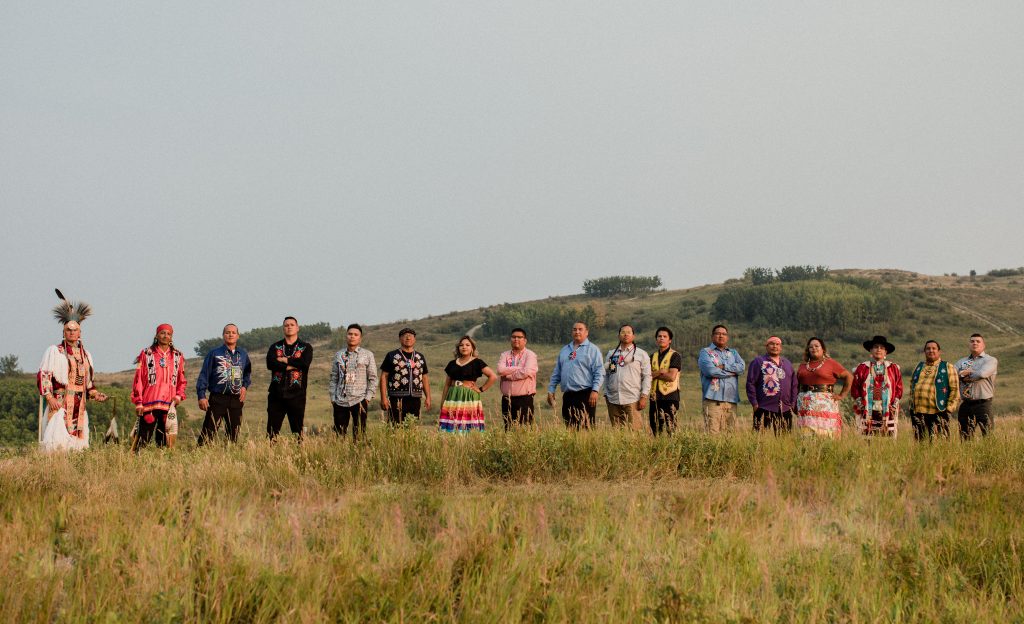
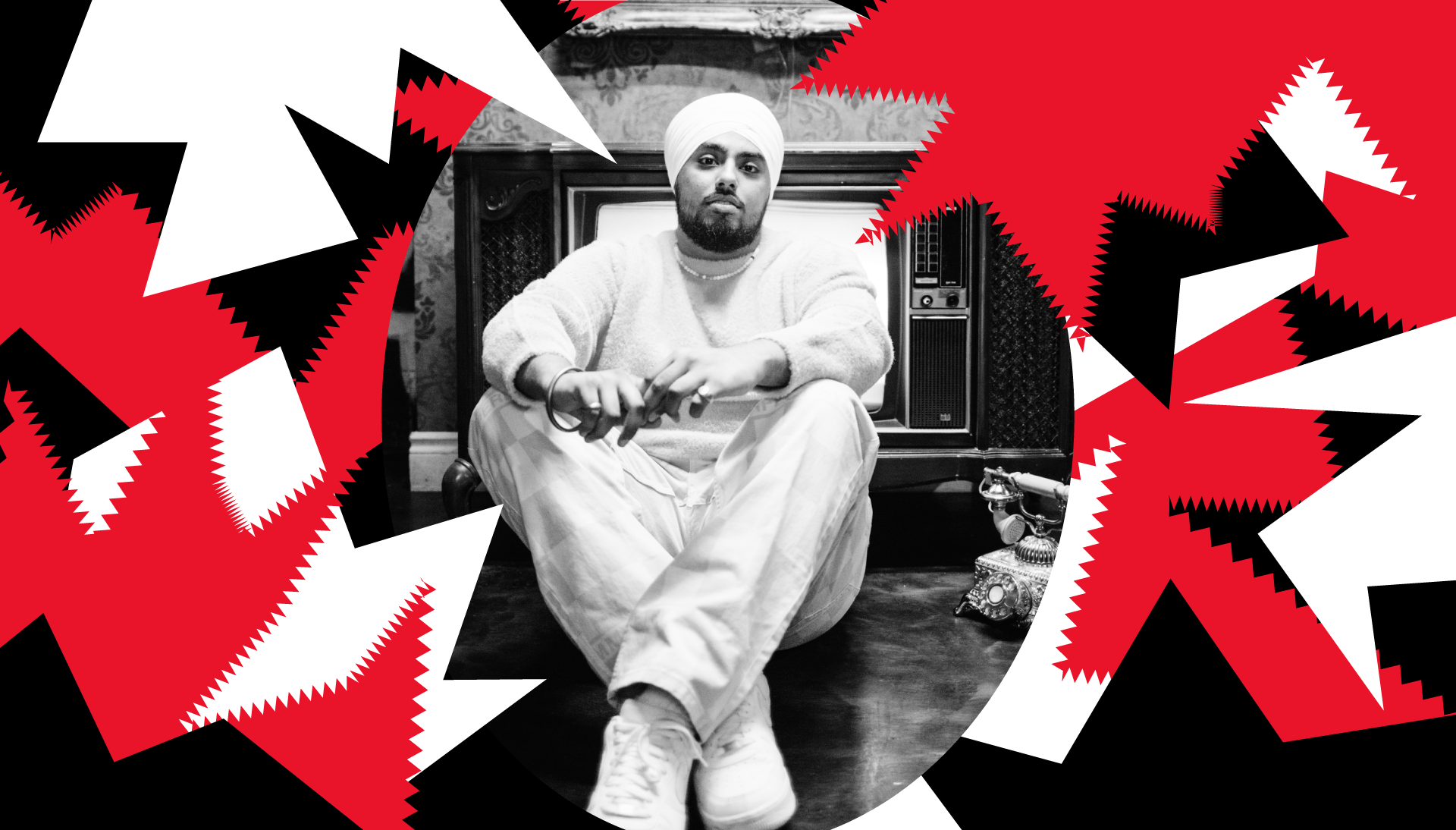

Recent Comments